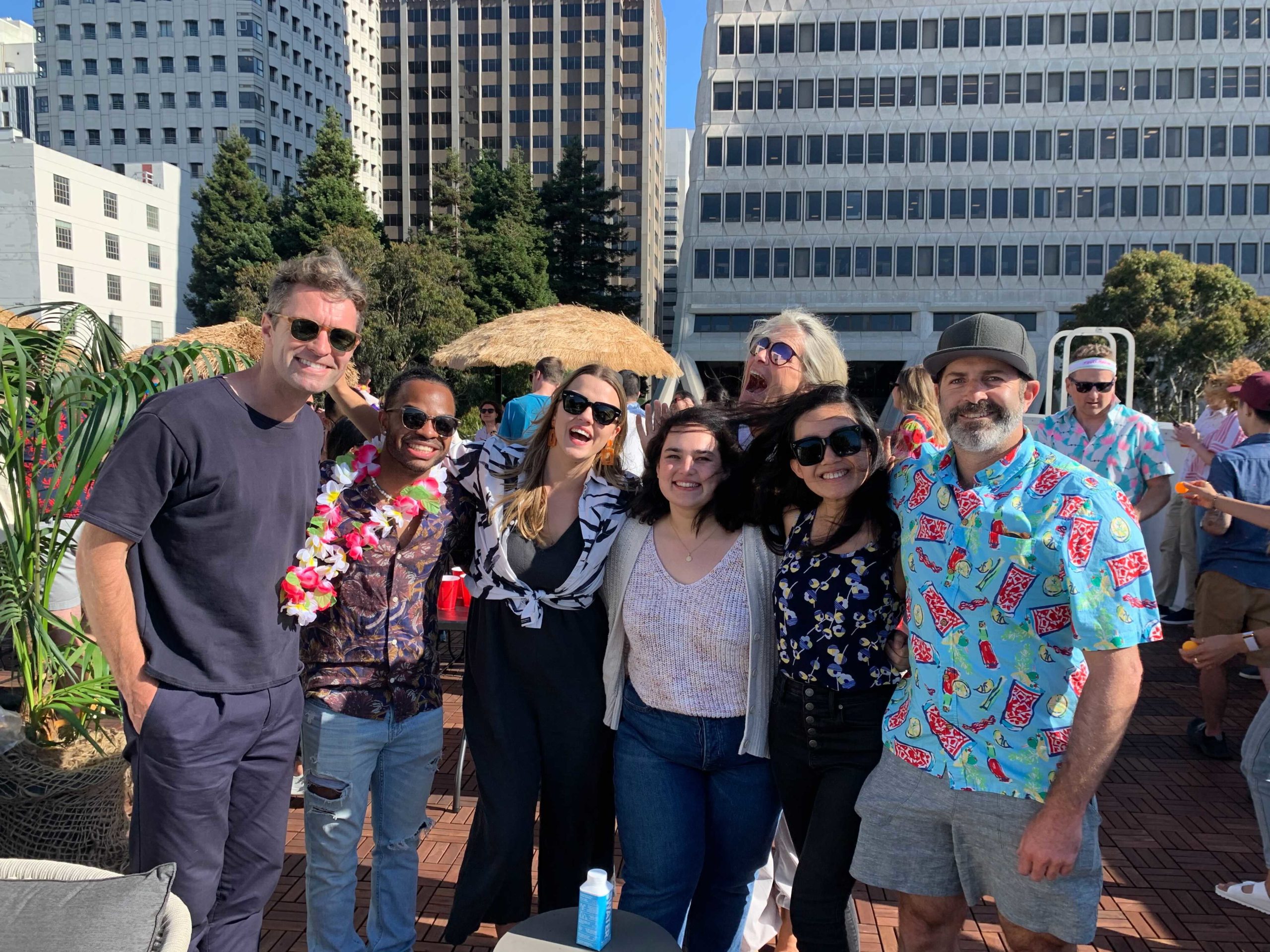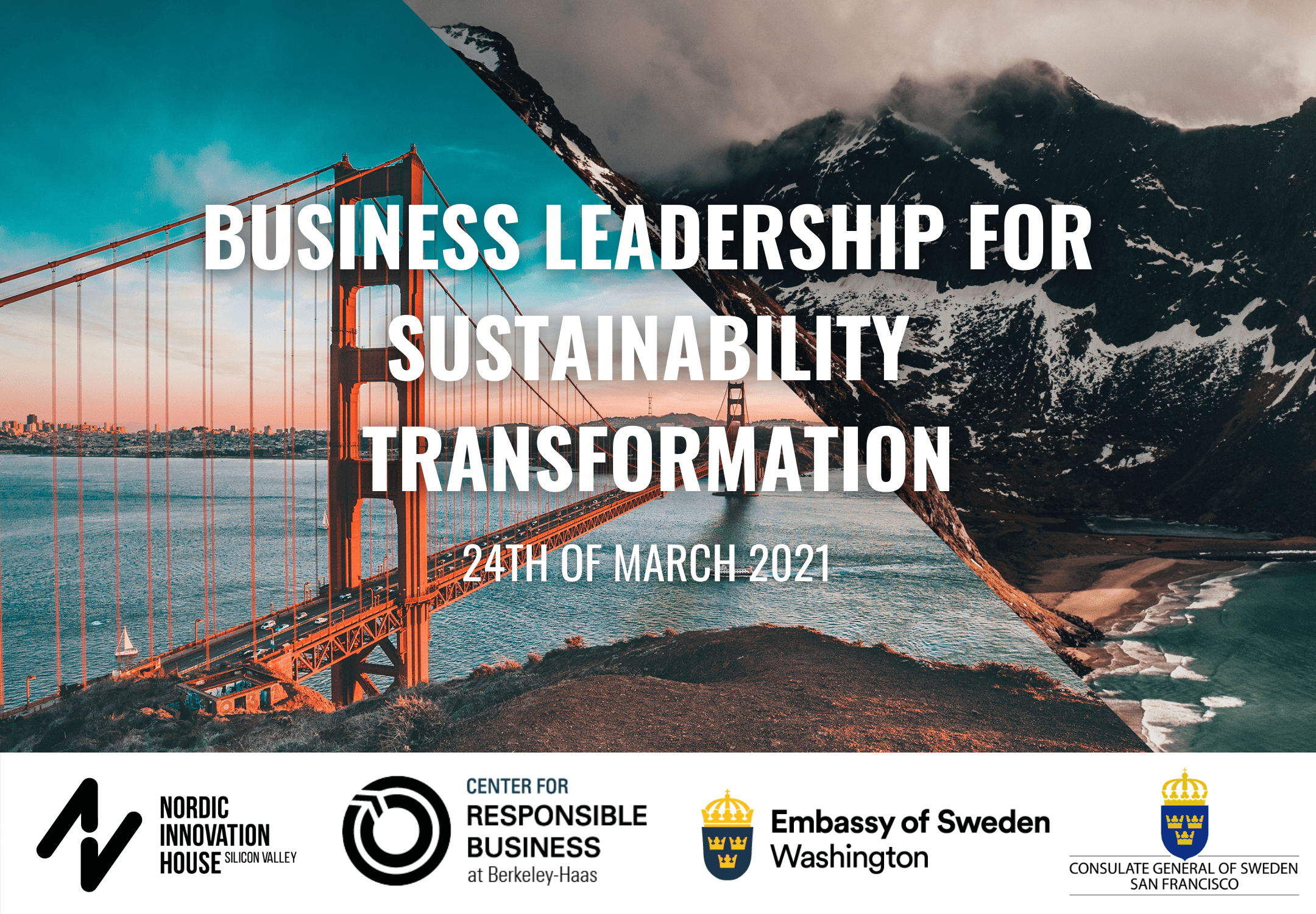The Rise of Blockchain Has Been Remarkable. Is There Also a Sustainability Story?

By David Sternlicht, Full-time MBA ’18 & CRB Student Advisory Board member
A few weeks ago, I attended the second edition of Blockchain Unlocked at UC Berkeley’s Law school. It’s a newly launched executive education program designed to advance technical understanding and practical knowledge of blockchain technology. For me, it was a treat to learn alongside a diverse group of senior-level attendees and from world-renowned blockchain experts—many of whom are home-grown talent from the UC Berkeley EECS program—about the most hyped and buzzworthy technology I’ve encountered as a young professional.
Blockchain Basics
For a few reasons, I’m not going to write a comprehensive recap of the event. This gathering was designed as a blockchain technology bootcamp; as a result, much of the content was related to blockchain fundamentals, which have been explained ad nauseum by people far more intelligent than I. If you’re somewhat of a novice, I’d recommend reading my classmate Ashley Lannquist’s series of articles (Part 1: blockchain and crypto intro, Part 2: the decentralized economy and blockchain-based apps, and Part 3: the new internet) to get up to speed on the basics.
Blockchain’s extensive possibilities are driven by its far-reaching potential applications both within and beyond the financial sector. I emphasize potential because outside of a few specific non-crypto examples (a handful of private, single-owner corporate blockchains from the likes of Walmart, Nestle, Maersk, Airbus, and a few others), industry-wide blockchain use cases are still largely abstract—an exercise in creative thinking. That’s why this conference was such an interesting place to learn. We had approximately 50 people interested in learning about blockchain and applying it to their work, which included agriculture, microlending, intellectual property, finance, media/entertainment, wine, and law. People came from all over the world for this conference: Indonesia, Australia, Romania, Germany, Finland, Italy, and even Redwood City. This is far from a typical coastal US technology phenomenon. People worldwide believe in the blockchain story, and they want to help make it work.
If this technology ends up rippling through society as pervasively as the optimists predict, its impacts will be endless and immeasurable. They range from nearly eliminating our need to blindly trust institutions like governments and major corporations to truly democratizing access to financial and capital markets, and according to a widely cited USV post, generally changing the way value is distributed on the internet. We can probably agree that most sustainability goals refer to enduring and broad-based social, economic, and planetary wellbeing. If that’s the case, then we should also agree about the possibilities for new data, transactional, and contractual protocols to impact societal wellbeing. Here, I’ll examine how this might happen and, on the other hand, why it might not.
How Might This Happen?
There are a few ways in which blockchain, in its early days, seems capable of enabling sustainable business solutions:
- Supply chains: Not all companies are as trusted and transparent as Patagonia, which publishes information about its entire supply chain Fortunately for the rest, a fundamental characteristic of blockchain technology is that the data therein is public and immutable; consumers don’t need to trust the corporation whose data is being published if they trust the protocol. Full supply chain transparency in food and textiles in particular can be immensely impactful on a number of dimensions. Fully accountable corporations will go to greater lengths to ensure environmentally sustainable farming or harvesting practices, to eliminate slave labor in supply chains, and to condense the physical distances of supply chains. For many companies, a blockchain-enabled supply chain tracker is akin to migrating from telegrams to an iPhone X. For example, it can help reduce the requisite time to pinpoint the source of dangerous food contamination from weeks to minutes. And, in general, more expedient testing and recording can accelerate the supply chain cycle time—this is good for profits, and (in the case of food) good for consumers.
- Government accountability: Smart contracts, which are essentially contracts whose components are automated through contingencies written into code, could increase trust in governments globally. Recently—though the story has been disputed—Sierra Leone held an election with up to 70% of votes being captured and stored on a blockchain. Another more specific use case relates to environmental cleanup; if a local government isn’t cleaning up a river, citizens could set up an “ether-on-a-stick” contract that would pay the government a tax revenue equivalent in crypto-tokens only if it adequately cleans up the river by a certain date. Stakeholders are able to vote on whether the task was completed, and if it’s not, they will get their money back. This construct completely reverses the status quo by empowering citizens to provide incentives to their governments. It feels like a far-off future, but this technology makes it possible.
- Smart grids: The biggest threat to smarter electric grids is that they’re more connected, and more network exposure leads to more cyberattack exposure. At the recent BERC Energy Summit, more than one expert speaker voiced concerns over this exact topic. Blockchains aren’t unhackable, but they’re fundamentally more secure than centralized systems. There are protocols in development, such as Filament IOT, that enable cryptographic communication between devices, accelerating and securing the microtransactions that occur on smaller, smarter grids.
- Tokenization: Fundamentally, as mentioned in the USV post, tokenization at the protocol layer encourages speculation and incentivizes early adoption. Governments could tokenize a number of processes to encourage participation in programs related to education, health/fitness, or waste reduction. Cities can drastically reduce their environmental footprints through tokenized nudges; relative to taxes, this provides some element of gamification as well as the possibility of asset appreciation. One could imagine that tokens whose value is tethered to the price of carbon might attract eager participation from those expecting rising carbon prices over time.
Of course, all of this is irrelevant if nobody can solve blockchain’s biggest sustainability shortcoming: its overall energy use. It’s well-documented that the mining of Bitcoin alone is a massive energy hog; a recent estimate shows that global Bitcoin mining consumes more energy than countries like Greece and Algeria, and just less than Colombia and Switzerland. The country of Bitcoin would be the 45th biggest energy consumer on earth. From what I can tell, the blockchain ecosystem is keenly aware of this and is working to address it in several ways:
- Type of consensus algorithm: Bitcoin’s energy use stems from the complexity of the algorithm required to verify transactions. In short, miners receive a reward for successfully solving a function that’s required to “approve” and post a block of transactions, and their likelihood of achieving this is directly proportional to their available computing power. In other words, more energy = more expected revenue. New frameworks (for expert readers: Microsoft Coco and Intel SGX) will eliminate the need for certain system-wide energy-intensive requirements (like byzantine fault tolerance) and, as a result, enable much more energy efficient consensus algorithms.
- Lightning channels are another budding solution. They essentially amount to a channel between two parties on a blockchain, enabling a near limitless number of transactions that are later settled and verified through a single closing transaction that’s posted to the blockchain. This is a much more energy-lite process.
Why Wouldn’t It Work?
Betting on, or simply counting on, blockchain to make any sweeping business or societal change is not without risks. Fortunately, our speakers were forthright about why blockchain technology might not work:
- Signaling: Even the people who know most about this technology still treat it like an experiment, and they remain paranoid about its risks. Specifically, they worry that a high-profile Bitcoin collapse might signal to the less informed masses that this technology isn’t worth its salt.
- Integration: Given that most of the value in the blockchain economy comes at the protocol level, this is where most of the innovation efforts have focused. There aren’t enough parties immediately thinking about integration of these new protocols across multiple parties, functions, and industries. How expensive will these integrations be? Given the demand and price of blockchain developers, probably extremely expensive. One of our speakers cited an anonymous Bitcoin developer to illustrate this point: “there are maybe 1,000 developers in the world who can write secure cryptographic code.” I doubt these folks are cheap hires… so will the savings be proportional? This friction of coordination is the result of many blockchains requiring network effects to become valuable, and here’s the resulting paradox: if you can solve these coordination problems across parties, why do you even need a blockchain? It’s probably more expensive, more complicated, and much more energy intensive than a centralized solution.
- Physical/Digital separability: As exciting as blockchain supply chains are, this use case is fraught with fraud potential. Imagine that a big fish importer successfully gets buy-in throughout its supply chain—fishermen, processers, distributors, and retailers—to implement a blockchain enabled by smart tags. Even if the digital system works wonderfully, what’s stopping a bad actor from switching cheaper and perhaps mercury-ridden fish from one crate to another? Unless an individual fish’s key, which provides access to its journey from sea to plate, is literally tattooed onto the fish itself (which is possible but remains a nascent technology), there’d be no way to fully trust this system.
- Adversarial environment: Data breaches and data privacy have been a massive technology headache over the past several years. The stakes are much higher with blockchain hacks because it’s money, not data, on the line. One of our speakers referred to this as a “universal bug bounty.”
- Bad UX: As a novice in both blockchain and UX design, it’s tough for me to credibly comment here, but there seems to be a near-unanimous negative sentiment towards UX design in blockchain-based decentralized apps to date. This is an area in which traditional Silicon Valley tech firms excel—both startups and fortune 500s. Distributed apps need to win in this area to begin displacing any legacy options that serve a similar functional purpose.
For these reasons and many others, some of the smartest investors and operators in this space are still more bullish about blockchain-based digital collectibles like Cryptokitties than they are about enterprise blockchain solutions. If this objectively useless one is the most successful deployment of blockchain, then it’s fair to say the technology won’t have any meaningful or measurable societal impact, no matter how cute (or ugly?) the kitties are. There are reasons for optimism that this technology will work, and that it will have sweeping positive impacts. For me, it’s just very cautious optimism.
We realize that this is just scratching the surface. If you are working on leveraging blockchain or any distributed ledger technology to promote sustainability in business, please reply here or email us at the CRB. We’d love to hear more!
The next Dean’s Speaker Series, taking place on Tuesday, April 10th, will also explore the societal impacts of blockchain technology. Dean Lyons will discuss the dynamic and disruptive evolution of blockchain technology with FTMBA ’10 alumnus, Ian Lee. Ian is an Executive-in-Residence at IDEO CoLab and Co-Founder of Digital Asset Investment Company (DAICO), where he focuses on blockchain and crypto asset investments. Learn more about the event and register here.
About the author:

David is passionate about leveraging new technologies to tackle big societal problems. After working for 5 years at Cambridge Associates in the Mission-Related Investing practice, he came to Haas to be closer to both the sustainability and entrepreneurial ecosystems. For the past two years he’s worked with established cleantech startups, on two startup ideas of his own, and with two VC firms while serving on the CRB’s Student Advisory Board. He’s eager to re-enter the workforce and help scale startups that will bring forth a more sustainable future.


